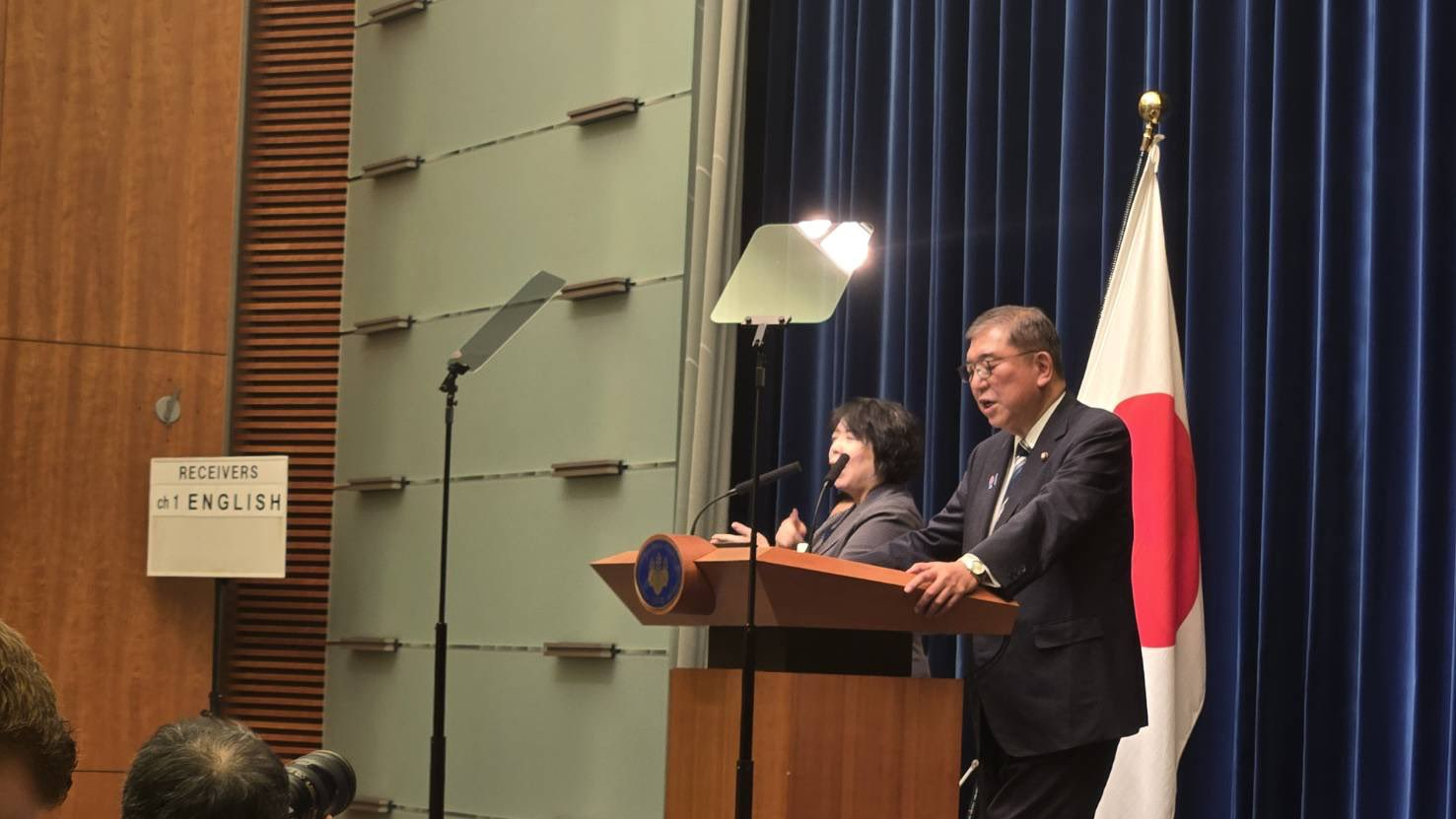In a dramatic political shake-up, Japanese Prime Minister Shigeru Ishiba announced his resignation on Sunday, bowing to internal pressure within the ruling Liberal Democratic Party (LDP). His decision comes after the party’s poor performance in a series of recent elections, sparking questions about the future leadership of the world’s third-largest economy.

The resignation sets the stage for a high-stakes leadership race inside the LDP. Whoever wins will almost certainly be confirmed as the next Prime Minister by parliament, shaping Japan’s policies at a crucial time marked by economic uncertainty, regional security challenges, and a shifting global order.
Why Did Ishiba Step Down?
Mounting Political Pressure
Ishiba, who took office after years of climbing through Japan’s political ranks, struggled to maintain momentum following multiple electoral setbacks. Party insiders reportedly pressed him to step aside to allow fresh leadership before the next general election.
Economic Strains and Policy Gridlock
Japan’s fragile post-pandemic recovery, debates over the Bank of Japan’s (BOJ) interest rate policies, and challenges in implementing new defense strategies further eroded Ishiba’s support. Analysts say his resignation reflects broader dissatisfaction within the LDP over stalled reforms.
Who Are the Leading Contenders?
A wide field of contenders—both from within the ruling party and the opposition—are preparing to throw their hats into the ring. Here’s a closer look at the names making headlines.
1. Sanae Takaichi – A Potential First Female Prime Minister
If elected, Sanae Takaichi, 64, could make history as Japan’s first female leader. A veteran politician, she has served as Minister of Internal Affairs and as Economic Security Minister.
- Known for her hawkish economic stance, she has criticized BOJ interest rate hikes.
- Advocates for increased government spending to stimulate growth.
- Previously lost to Ishiba in last year’s LDP leadership runoff.
Her candidacy symbolizes both continuity and change—continuity in her loyalty to the LDP establishment, and change in breaking Japan’s long male-dominated leadership tradition.
2. Shinjiro Koizumi – The Youthful Challenger
At 43, Shinjiro Koizumi represents a new generation of leadership. The son of former Prime Minister Junichiro Koizumi, he carries the weight of Japan’s most famous political dynasty.
- Graduate of Columbia University and fluent in English.
- Served as Agriculture Minister, where he tackled rising rice prices.
- Known for his charismatic style, though sometimes ridiculed for comments like describing climate policy as needing to be “cool and sexy.”
Supporters see him as a bold choice who could modernize Japan’s political image, while critics doubt his policy depth.
3. Yoshimasa Hayashi – The Steady Hand
Currently serving as Chief Cabinet Secretary, Yoshimasa Hayashi is widely regarded as a pragmatic administrator. Harvard-educated and bilingual, he has stepped into key roles in foreign affairs, defense, and agriculture during crises.
- Advocates for maintaining BOJ independence.
- Seen as a reliable and experienced candidate who could stabilize the party.
Hayashi is often described as the “safe pair of hands” in the race—unlikely to deliver surprises, but trusted to maintain continuity.
The Opposition Lineup
While the LDP leadership race will dominate the headlines, the opposition also sees Ishiba’s resignation as a chance to push back.
4. Yoshihiko Noda – The Former Prime Minister Returns
Yoshihiko Noda, leader of the Constitutional Democratic Party of Japan (CDP), previously served as Prime Minister from 2011 to 2012.
- Earned a reputation as a fiscal hawk for implementing Japan’s consumption tax hike.
- Recently shifted toward advocating temporary food tax cuts and a faster exit from BOJ stimulus policies.
- Positions himself as an experienced alternative who can contrast the LDP’s economic approach.
5. Yuichiro Tamaki – The Reform Advocate
Leader of the Democratic Party for the People (DPP), Yuichiro Tamaki has made economic reform his centerpiece.
- Former finance ministry bureaucrat with strong technical credentials.
- Advocates cutting consumption tax and expanding household income through tax relief.
- Seen as a policy-driven leader, though his party’s smaller size limits his reach.
What’s at Stake for Japan?
Economic Future
The next Prime Minister will inherit a fragile economy, with stagnant wages, rising living costs, and the delicate question of BOJ’s monetary policy. A shift in leadership could bring sharper debates over fiscal spending, tax reform, and inflation management.
Security and Foreign Policy
Japan’s security environment is also tense, with North Korean missile tests, rising tensions with China, and closer cooperation with the United States under scrutiny. Each candidate has their own stance on defense spending and international alliances.
Social Change
If Sanae Takaichi wins, it would mark a watershed moment in Japanese politics, potentially opening the door for greater gender representation in leadership.
Expert Reactions
Political analysts suggest that Shigeru Ishiba’s resignation could trigger a generational shift in Japanese politics. “This leadership race is not just about replacing Ishiba—it’s about setting the tone for Japan’s next decade,” said Tokyo-based political scientist Hiroshi Tanaka.
Business leaders, meanwhile, are urging for stability. The Japan Business Federation issued a statement calling for “a leader who can balance economic reform with social stability.”
